A reader recently wrote me asking me about this “Hong Jing Tian 100 Years Old Tea Trees” puerh. Leaving aside the very obvious question marks of why decent tea leaves would and should be used to make cooked puerh in minituo form, the question was actually about what was in the minituos themselves. I’ll let the original email do the explaining:
“I figured that since the tuos seem to have been shaped by one person, a sort of tea master, it had some care to it. The description doesn’t say that the puerh contains any additional herbs. I didn’t really
think that the tea contained rhodiola rosea, I thought the name is maybe a marketing thing or taste inspiration. $11 bought me 10 mini tuos, and I consumed 1 tuo in a 150 ml gai wan style yixing pot in short steeps. The thing is, I think that rhodiola is really in there, I got incredible, somewhat uncomfortable heart and gut heat that lasted for hours, chased the whole 10 steeps I did with a half glass of milk, and this is a shou, mind you. I’m certain rhodiola is in there.”
Rhodiola rosea is an herb that’s used in Chinese medicine, and in Chinese it’s called hongjingtian. It’s slightly bitter but turns sweet, and is used to, among other things, help circulation and aids those with a weakness in breathing, etc. It’s a stimulant, basically. Vesper Chan, who is the owner of the Best Tea House in Hong Kong and presumably the “Mr. Chan” referred to in the product description, does indeed sells cooked puerh mixed in with this herb, so I’m pretty sure that this herb is in these minituos as well. Mind you, Mr. Chan doesn’t actually produce anything himself – he at best commissions someone else to do it.
The real issue here is that the inclusion of this herb in this tea is not mentioned anywhere in the product description. My reader who emailed me at least knows what hongjingtian is, and just thought that this was a poetic name for a tea. The fact that it might be mixed in never crossed her mind, and of course it made her quite uncomfortable. I’ve actually tried a similar product at the Best Tea House before (in brick form, rather than minituo – and seems like they sell them in cakes these days), and didn’t like it for pretty much the same reason – it made me felt rather uncomfortable afterwards. At least I knew what I was drinking.
I suppose it is ok for people to do experimental things with teas – some of you might remember some years back, crab’s feet, another herb, was added to puerh. That stuff also did funny things to me, and after about a couple years of lots of products with crab’s feet in them, they disappeared from the market. I’m pretty sure anyone who stocked up on them back in the day are still trying to sell their stock, or just tossed them.
It is absolutely necessary for a vendor to 1) research what they’re actually selling, and 2) if it contains anything that is non-obvious and also of material significance, such as an unnamed herb in the tea, then it should absolutely be disclosed clearly in the product description. If I didn’t know Chinese, I would never know what this Hong Jing Tian is – you’d think it’s a brand name or something. Even an educated buyer like my reader here thought it was just a marketing name, not what’s actually in the minituos. If someone, say, had an allergic reaction to it, or if they’re taking medication that would be interfered with by this herb, well, the consequences could be a little more serious than just a fast beating heart. It’s generally recommended that one should not take Chinese medicine if one were taking any western medication. Here in Hong Kong, doctors routinely remind patients not to do both at the same time, because unintended and sometimes serious consequences can follow. In most cases, they have no idea what the reactions might or might not be, so it’s just a good blanket policy.
It’s also worth remembering that in Chinese medical tradition, an herb is almost never taken alone (mind you I’m no expert on this matter – perhaps some readers can elaborate more). They are usually given in a prescription that mixes a number of herbs together that neutralize each other’s toxicity and negative effects while enhancing their medical value, at the same time targeting the patient’s underlying problems. Herbs that might work for one patient can be deemed too strong or inappropriate for another, because of differing body constitution. Taking herbs on their own, especially in unknown dosage (we have no idea how much rhodiola rosea is in this tea after all), is not something you’d do with a western prescription drug, so why do people think that doing so with herbal medicine would be ok? I never really understood the desire to mix medicinal herbs with tea, or the sale of these exotic herbs as drinks on their own – unlike tea, which is a proven beverage over hundreds of years, many of these herbs are relatively newfangled as standalone drinks. In this case, I even suspect the inclusion of the herb might be because the base cooked puerh really isn’t all that great, and the addition of rhodiola rosea is there to give it a fuller flavour and a better aftertaste. It’s also selling at quite a premium – $11 for 10 minituo is an extremely high price to pay – that’s $11 for 50 gram of cooked puerh, meaning a cake equivalent would be $77. Most of us would balk at that price for even a cake of supposed premium cooked puerh.
So I guess buyer beware, and to sellers out there – please do your homework and tell consumer what they ought to know. There are more online vendors than ever, most of them simply middleman between Asian vendors (like Vesper Chan) and the Western consumer. Some know a lot about what they’re selling, others, well, less so. Just because they travel there a few times a year and buy stuff and take pretty pictures doesn’t automatically make them good vendors. Choose wisely.


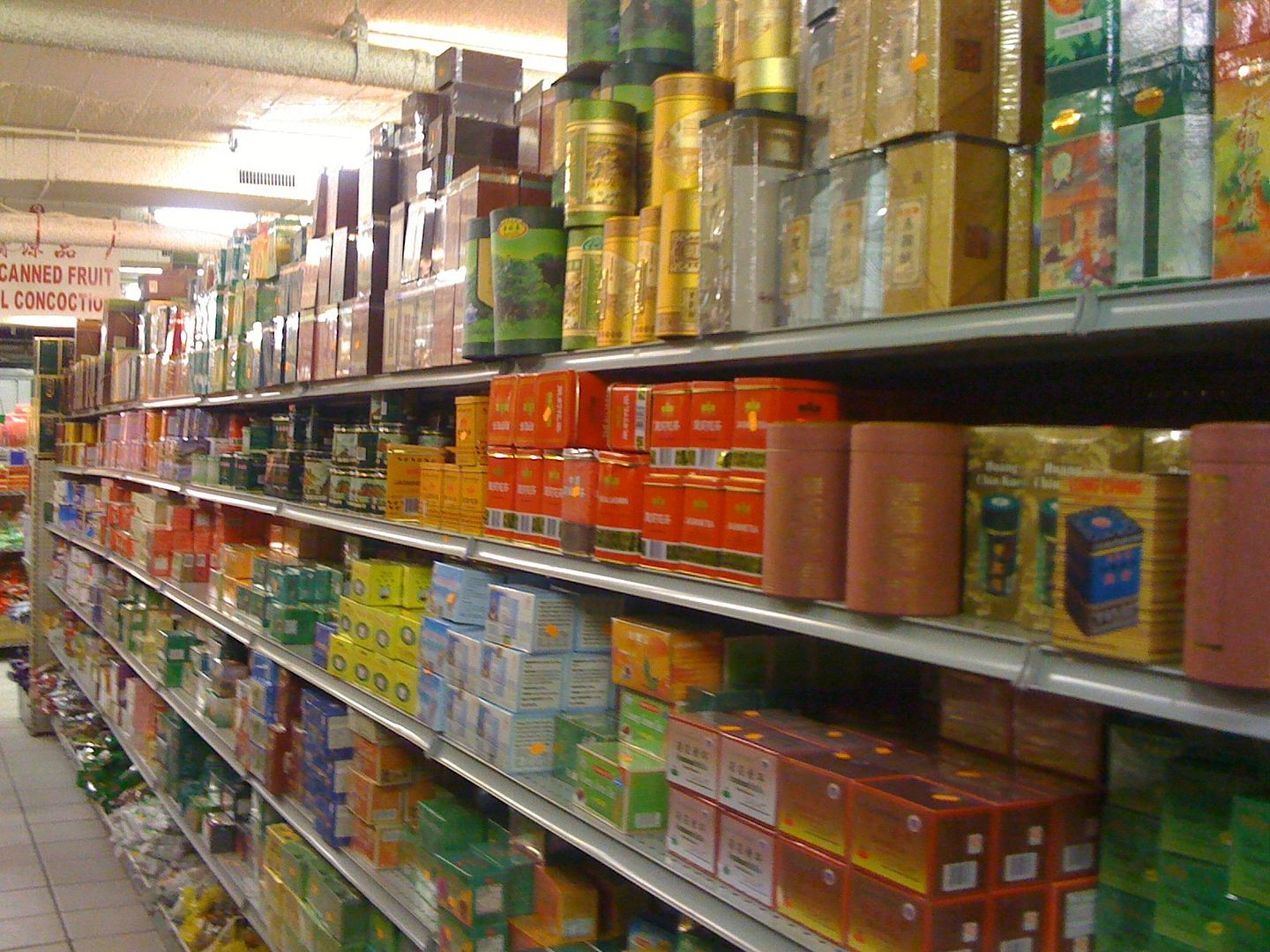
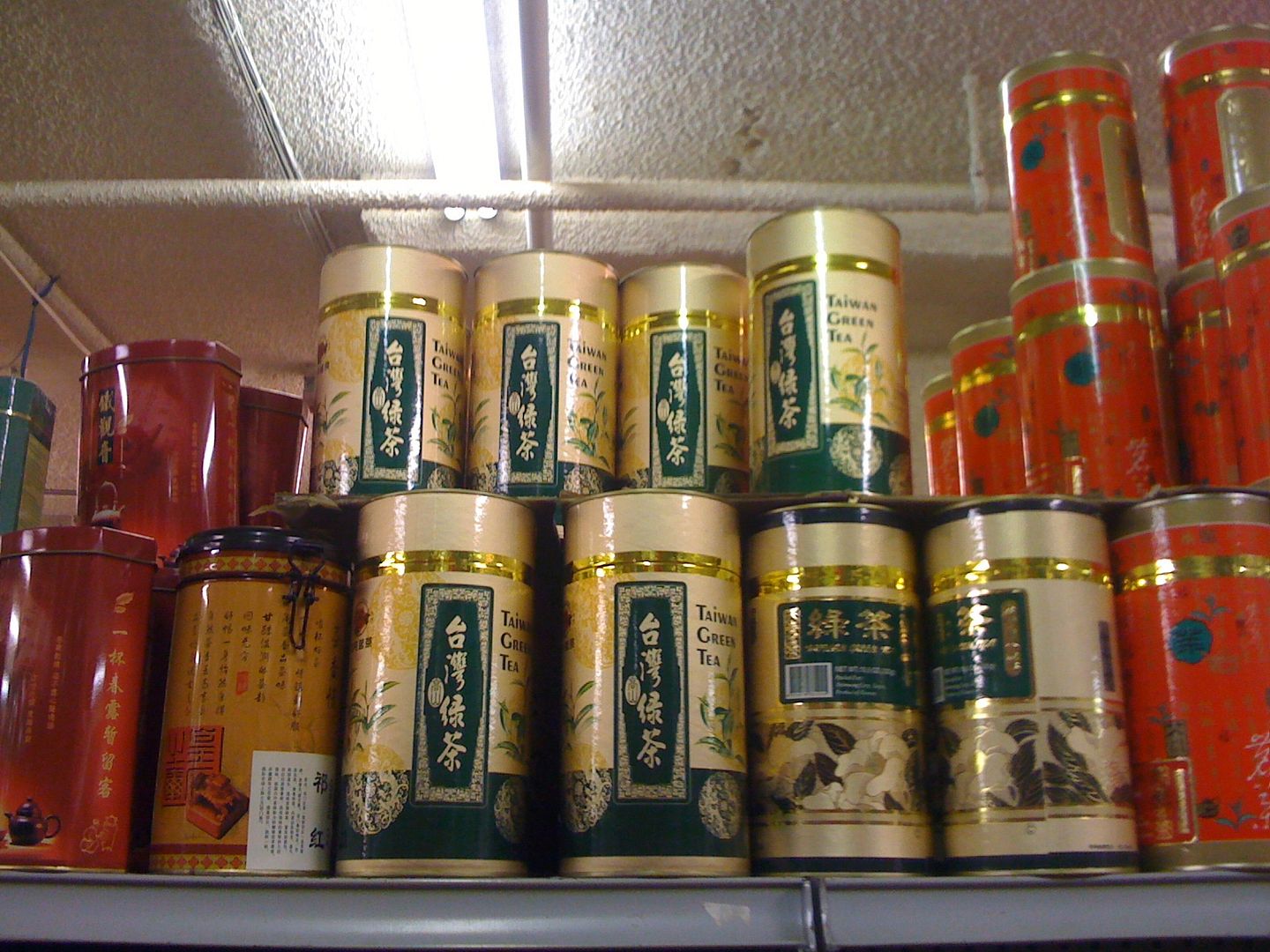
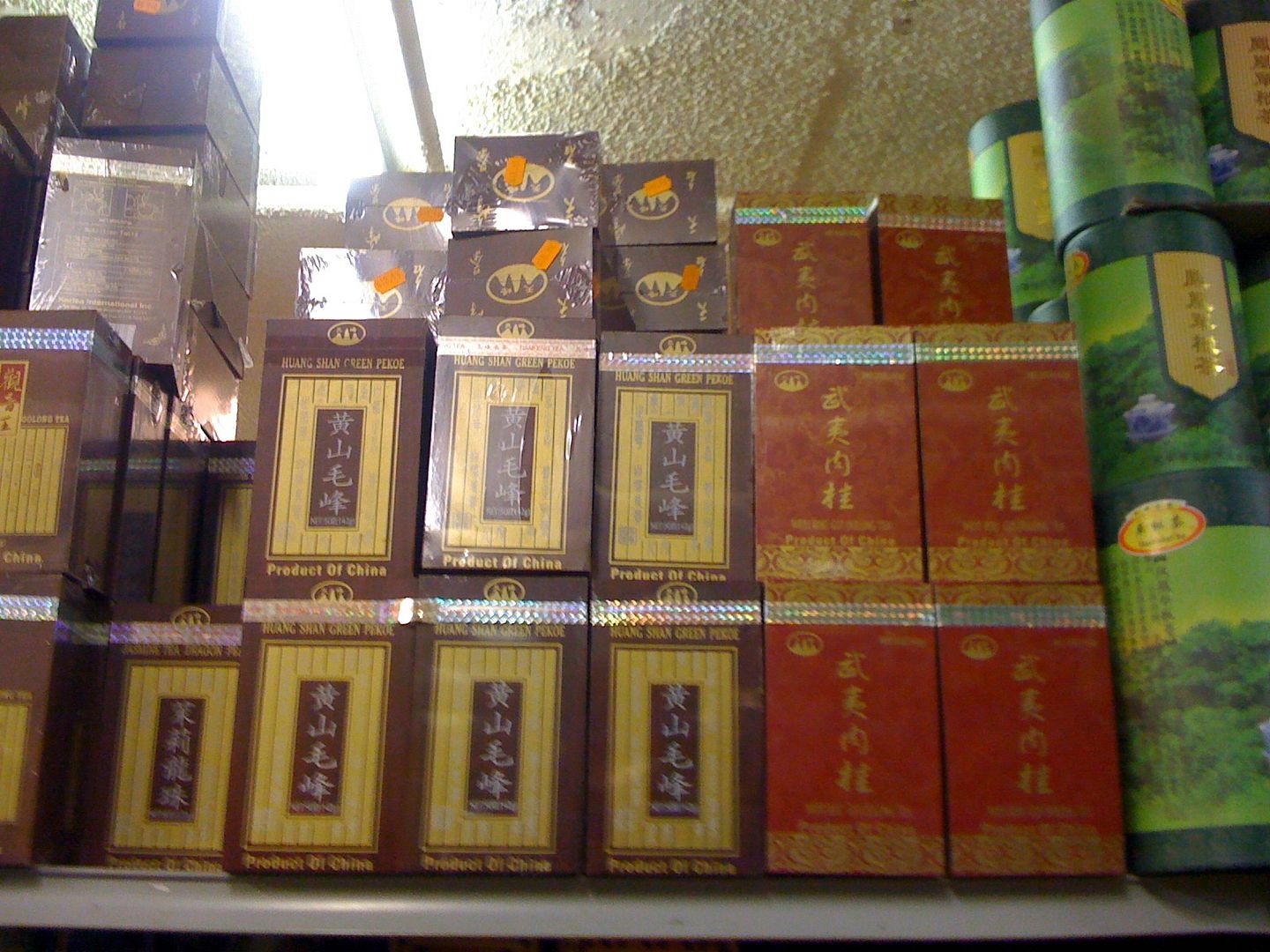
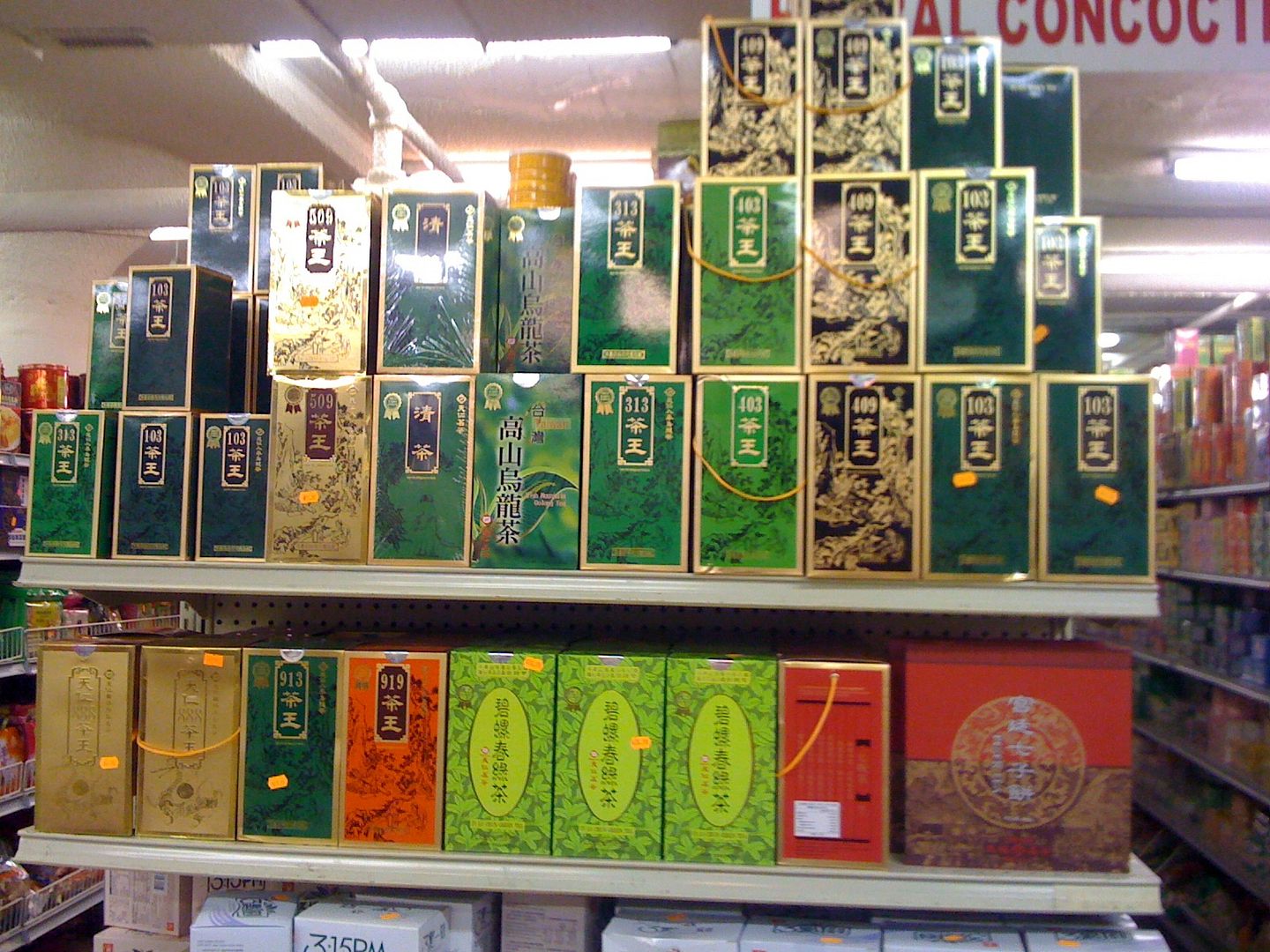
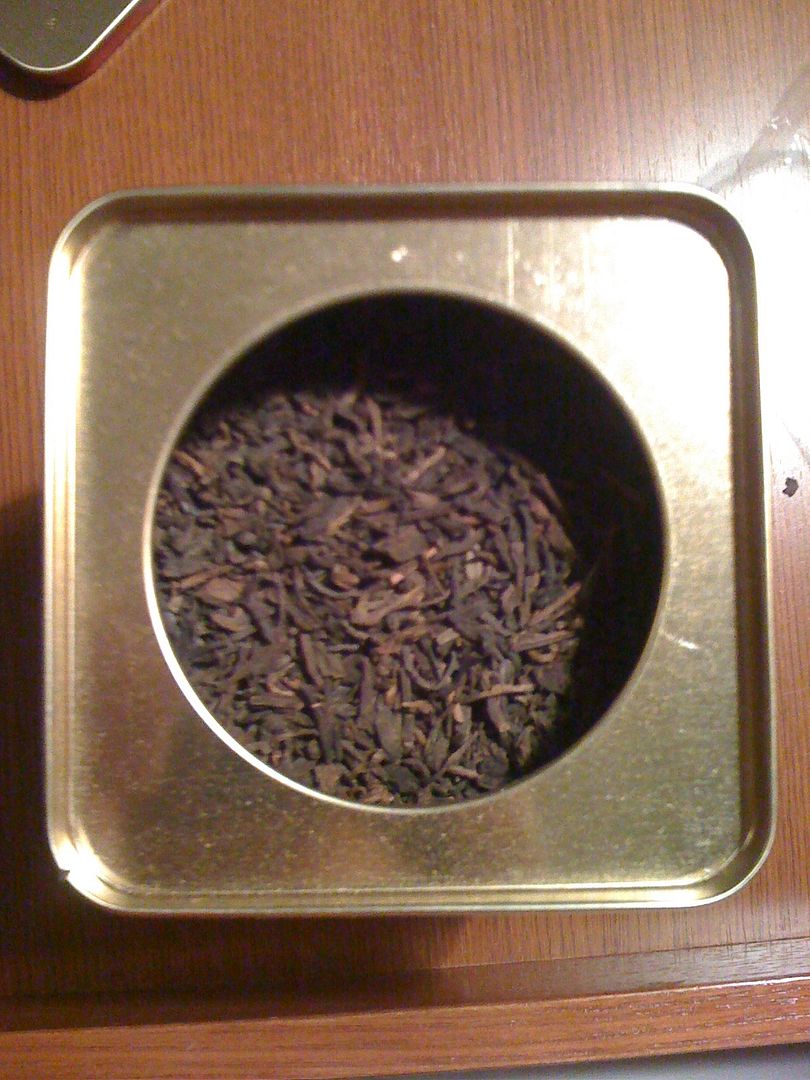
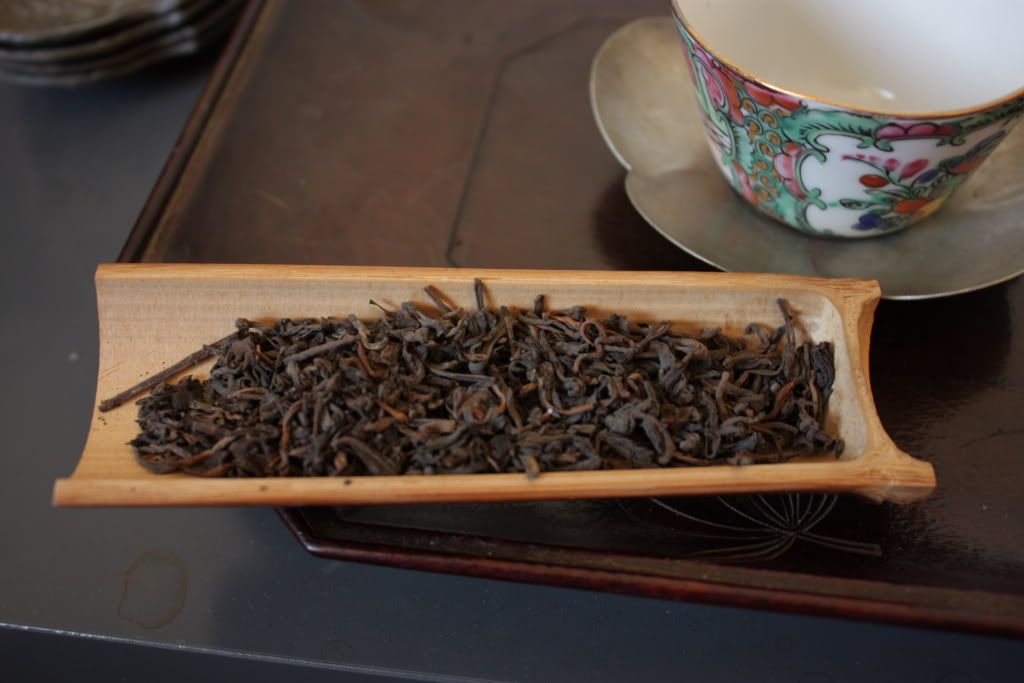

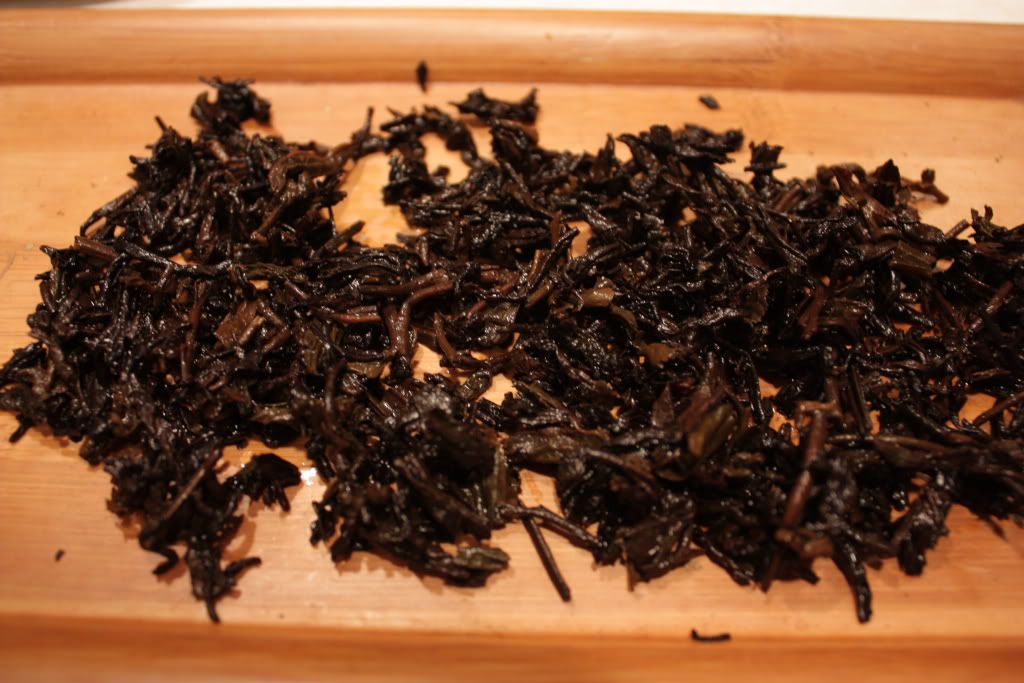
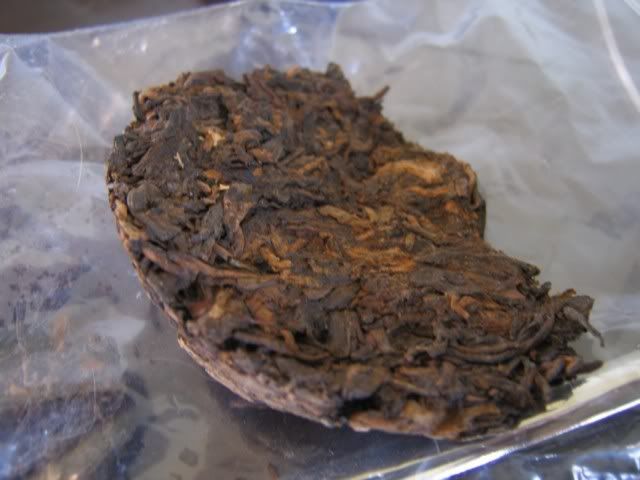



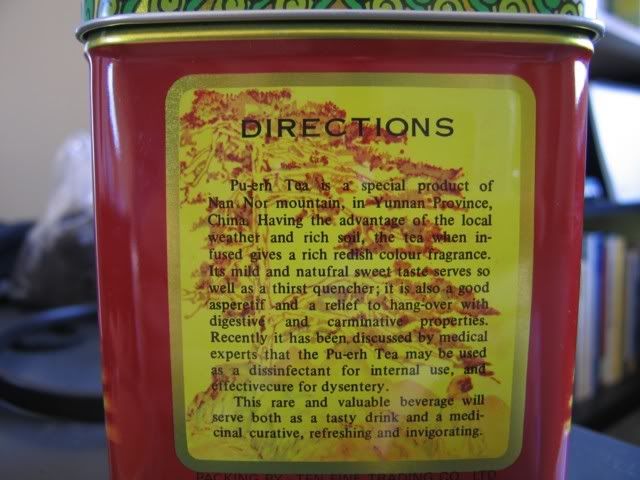
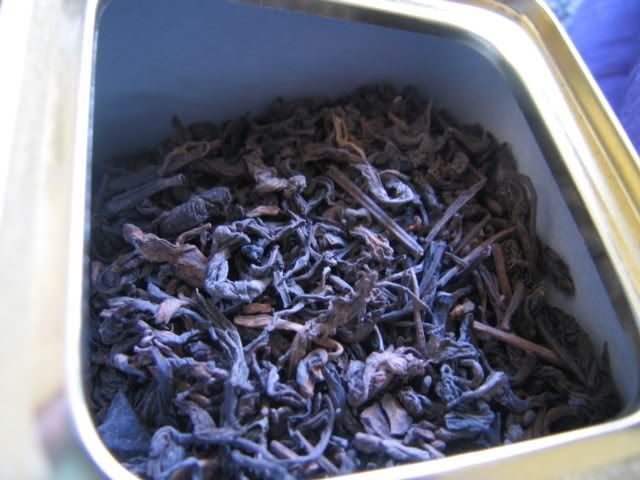
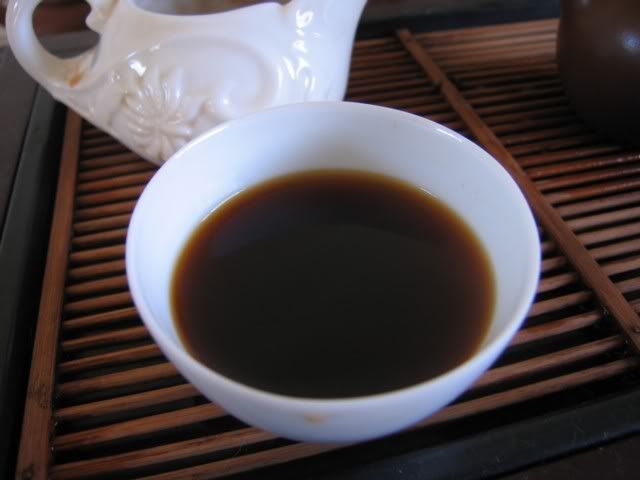
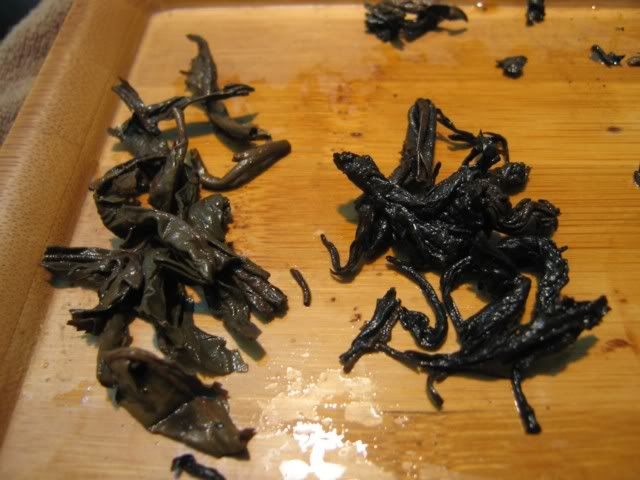
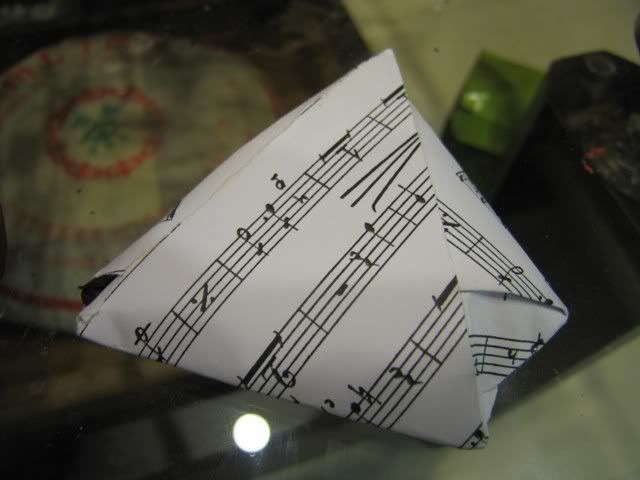
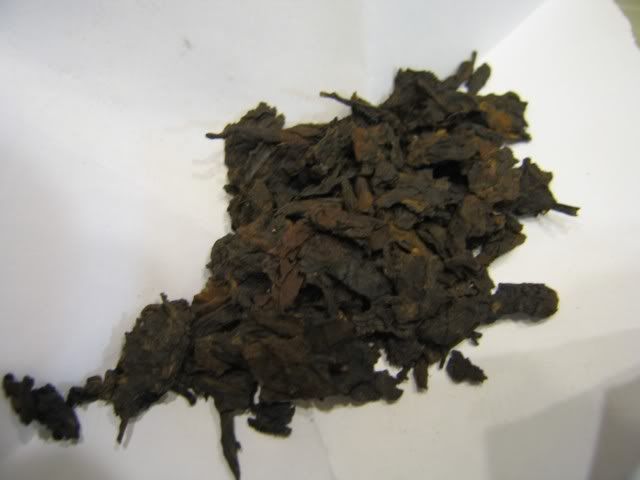
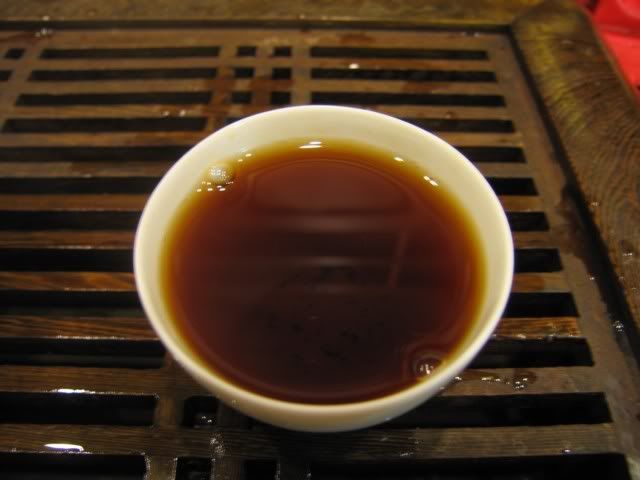
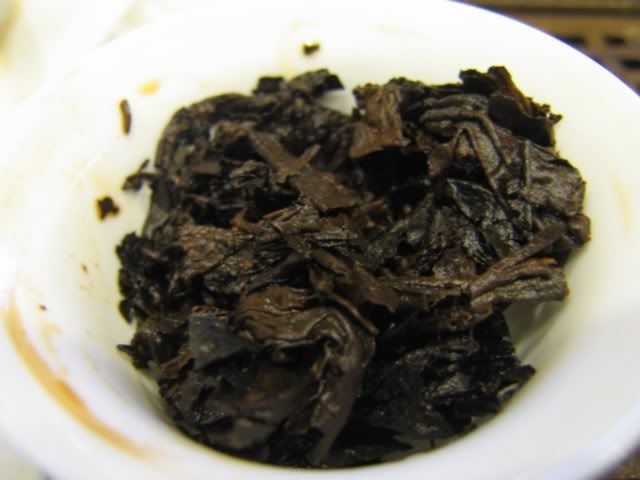
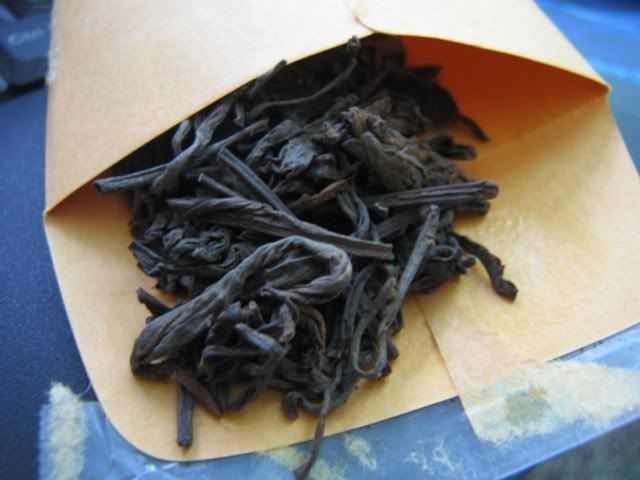
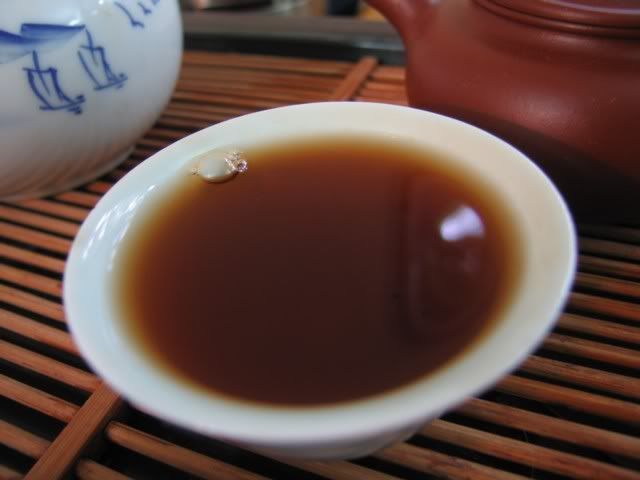
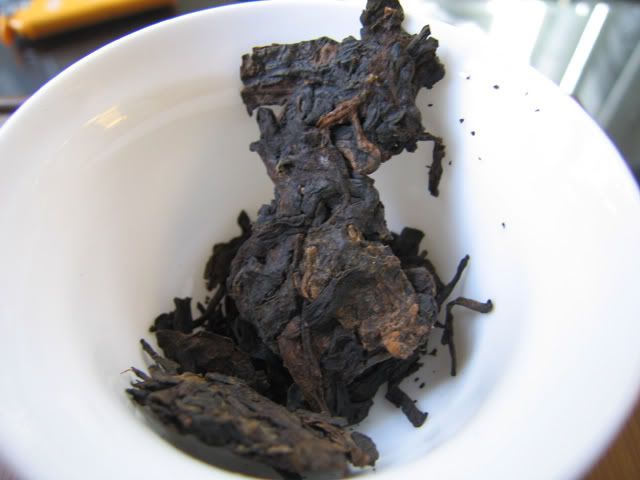
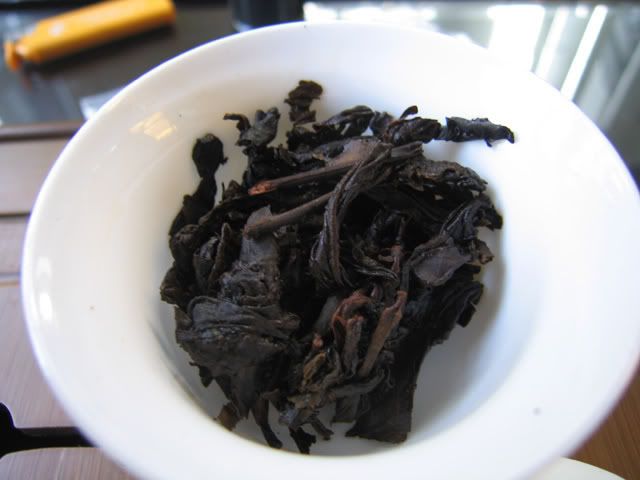
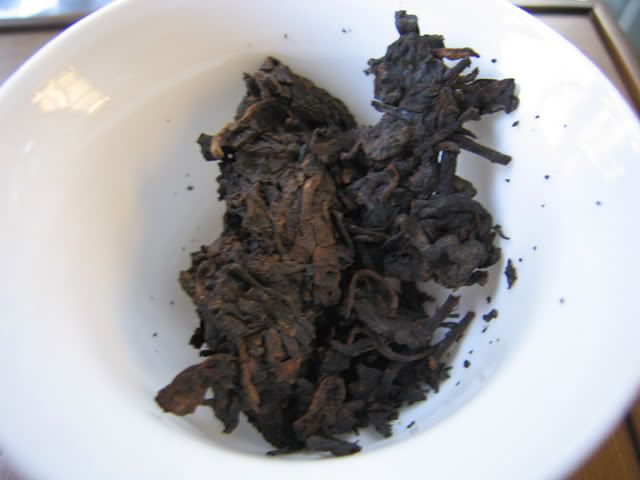
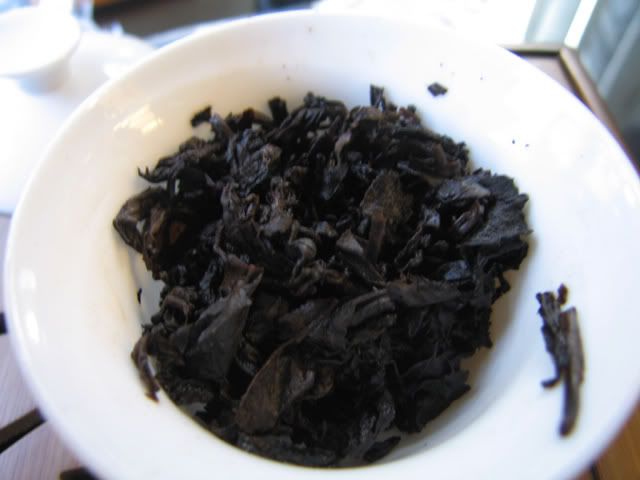
It's good to have things remind you of your priors. I am going to write another post about these waters…